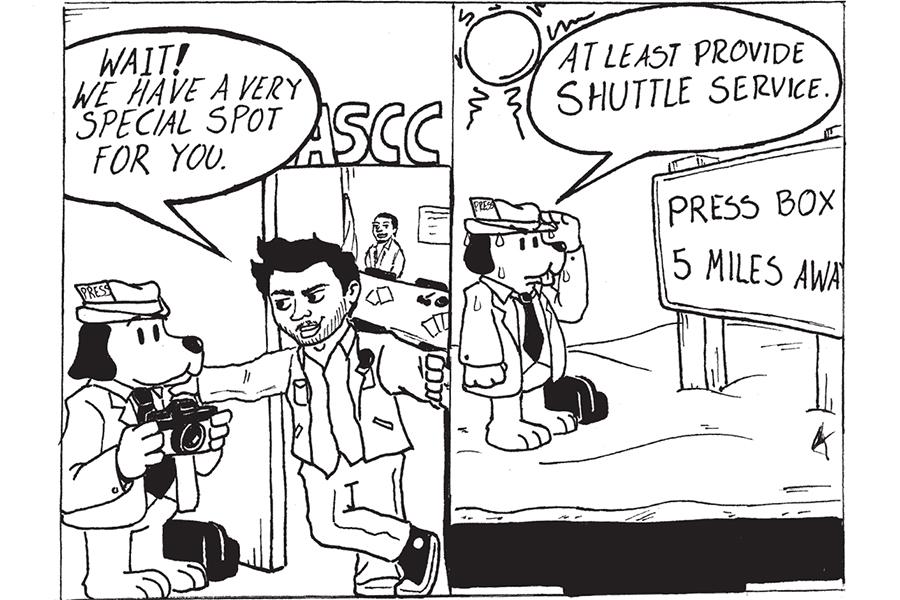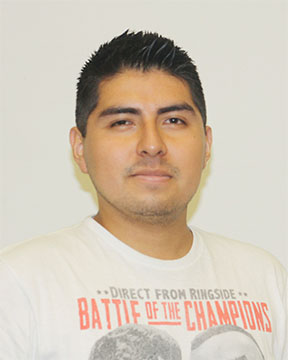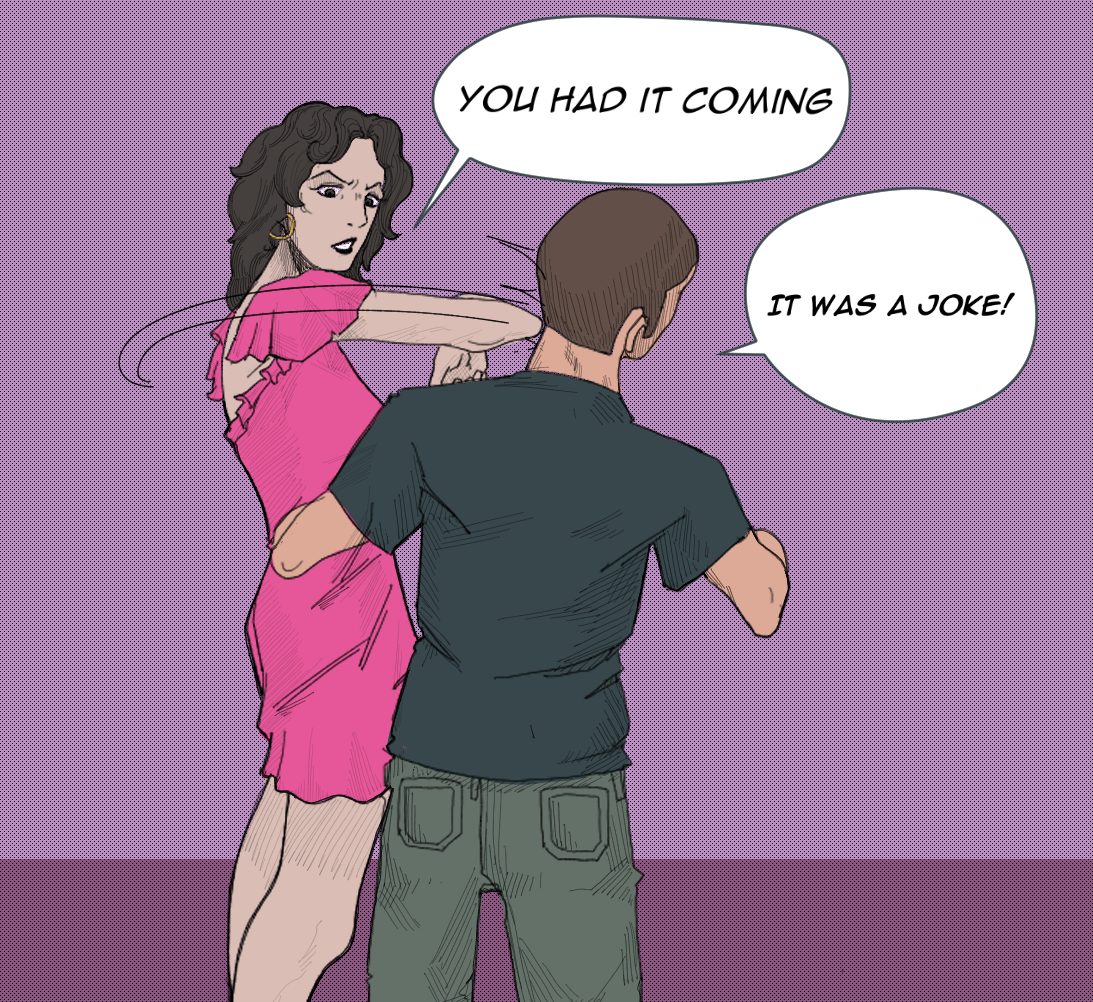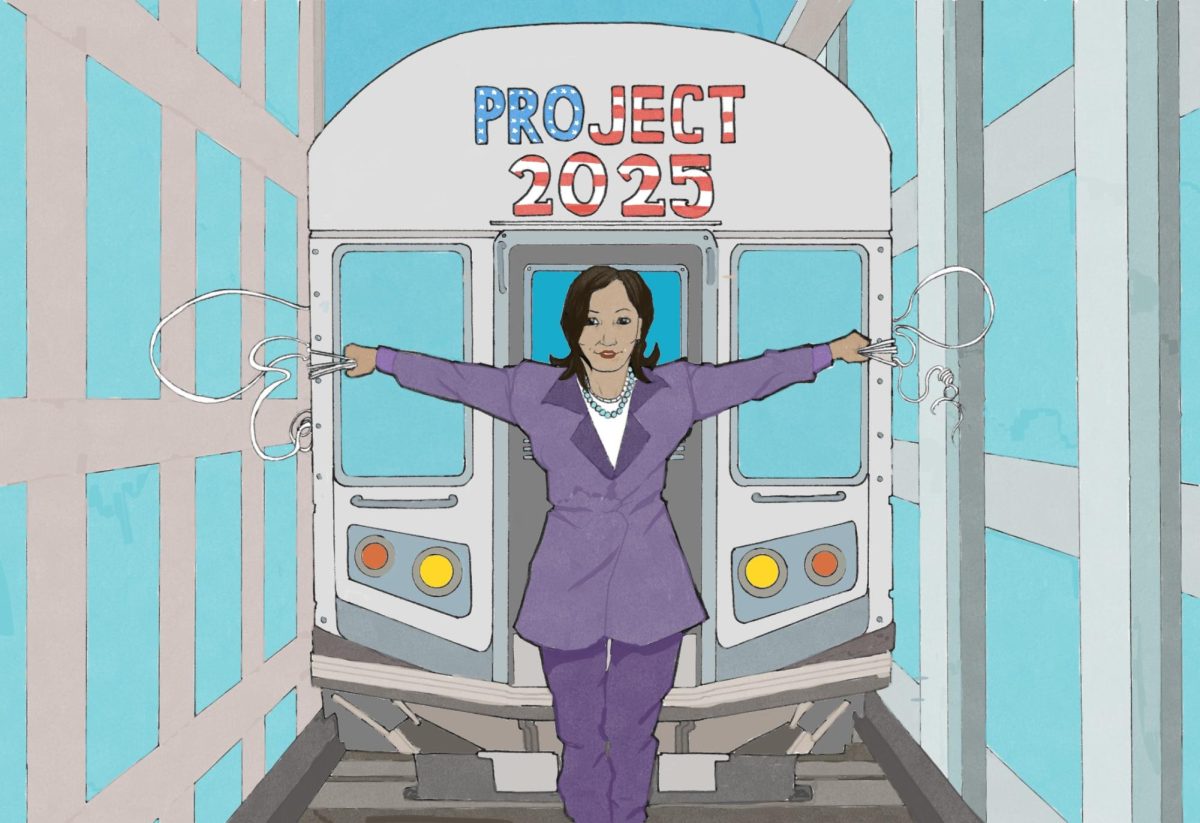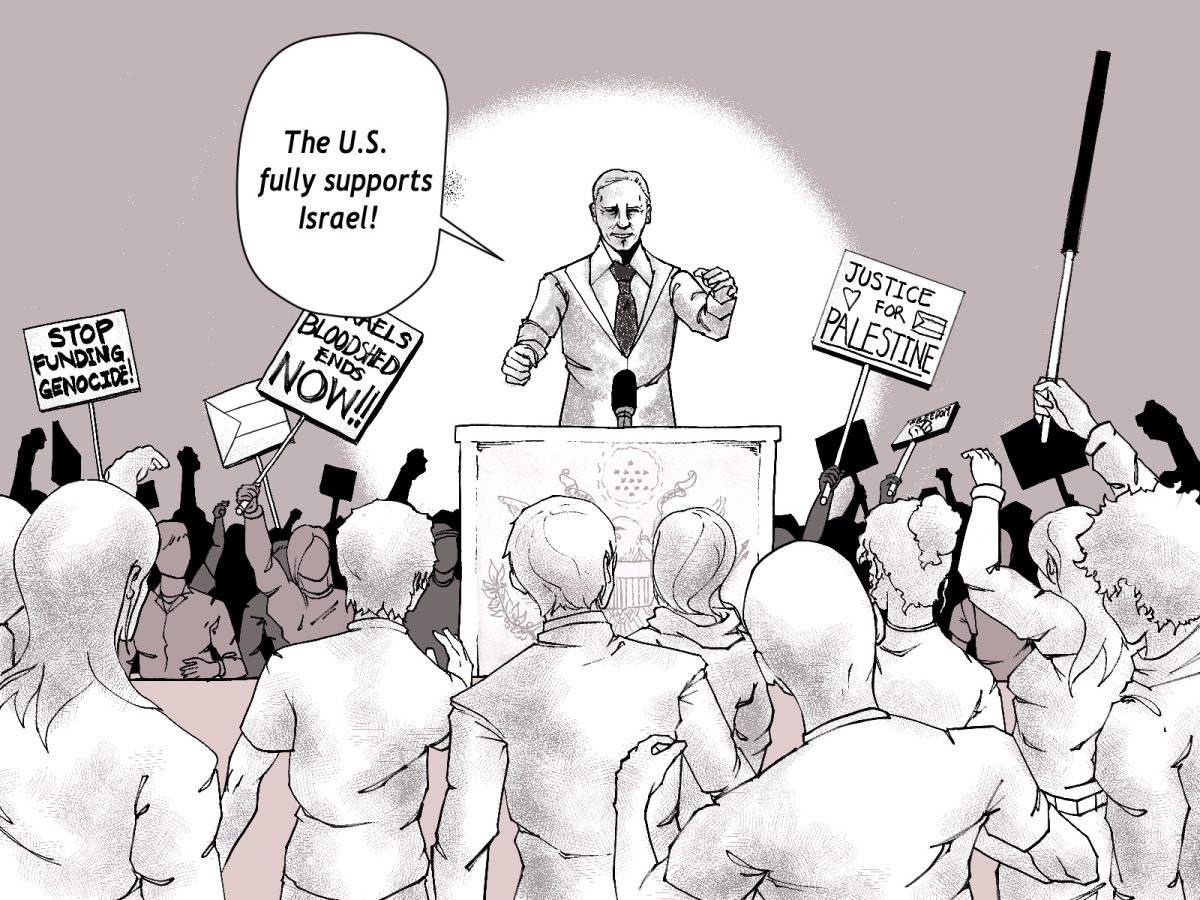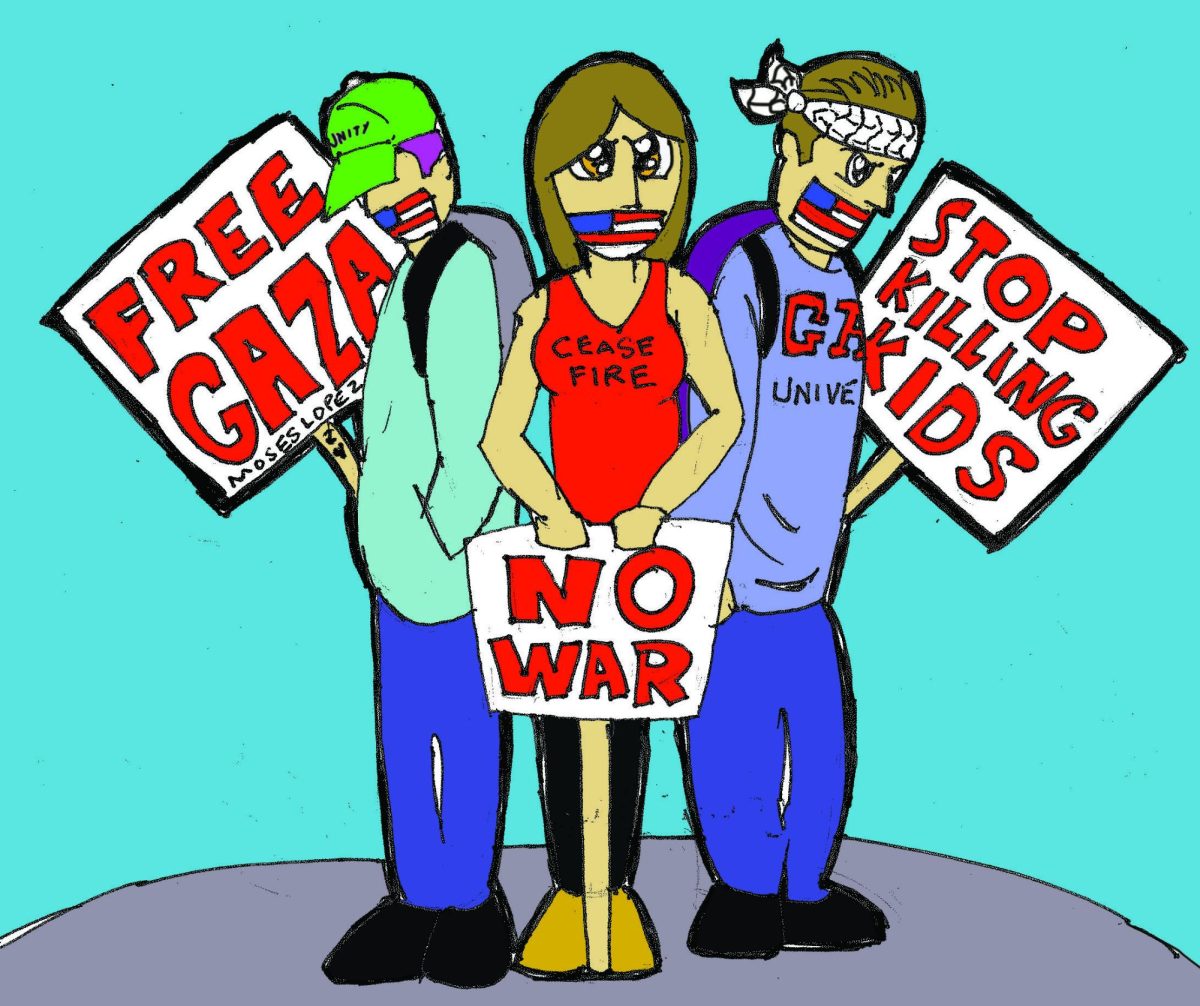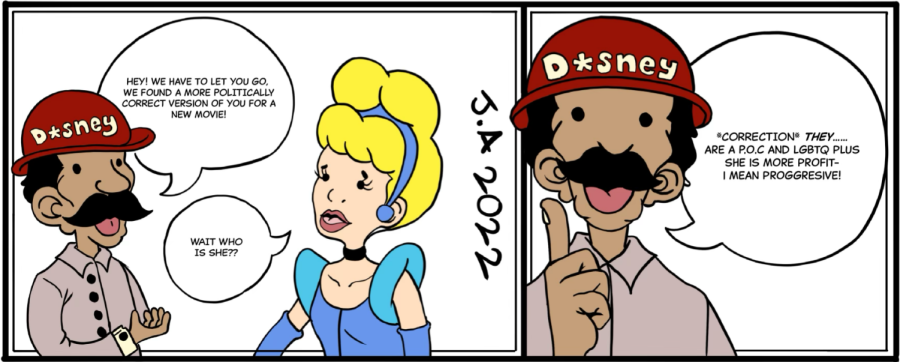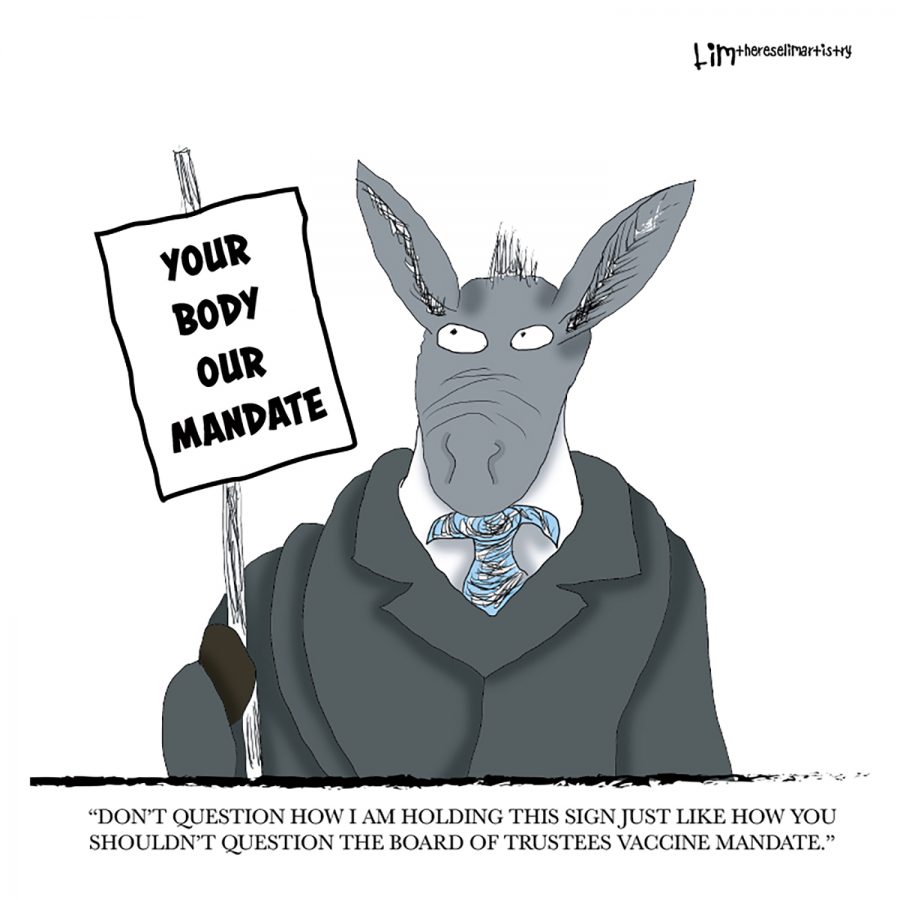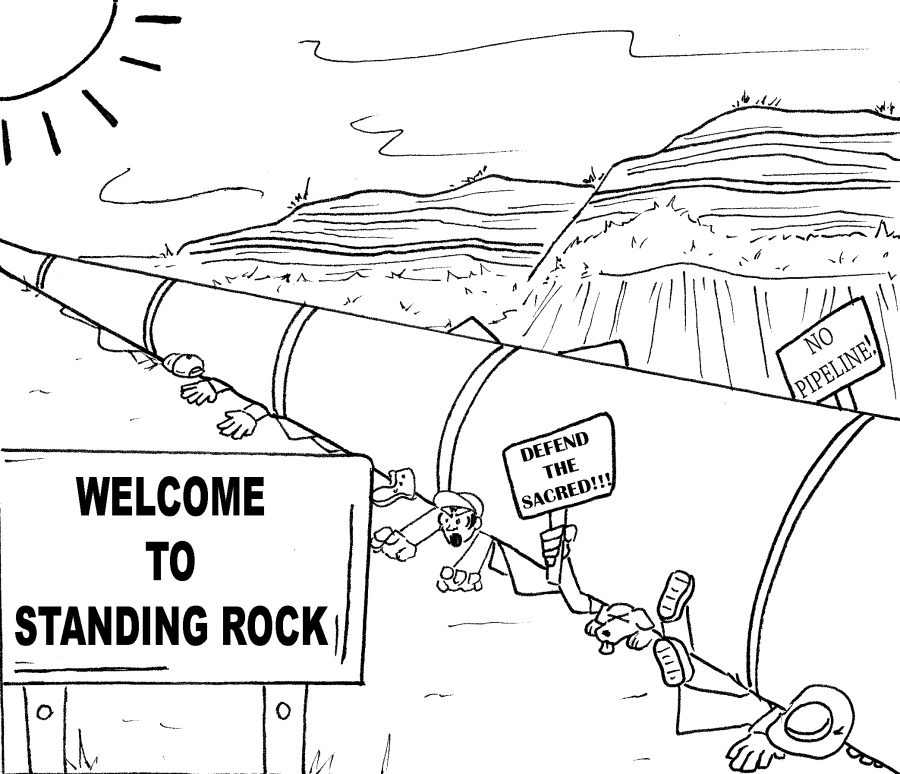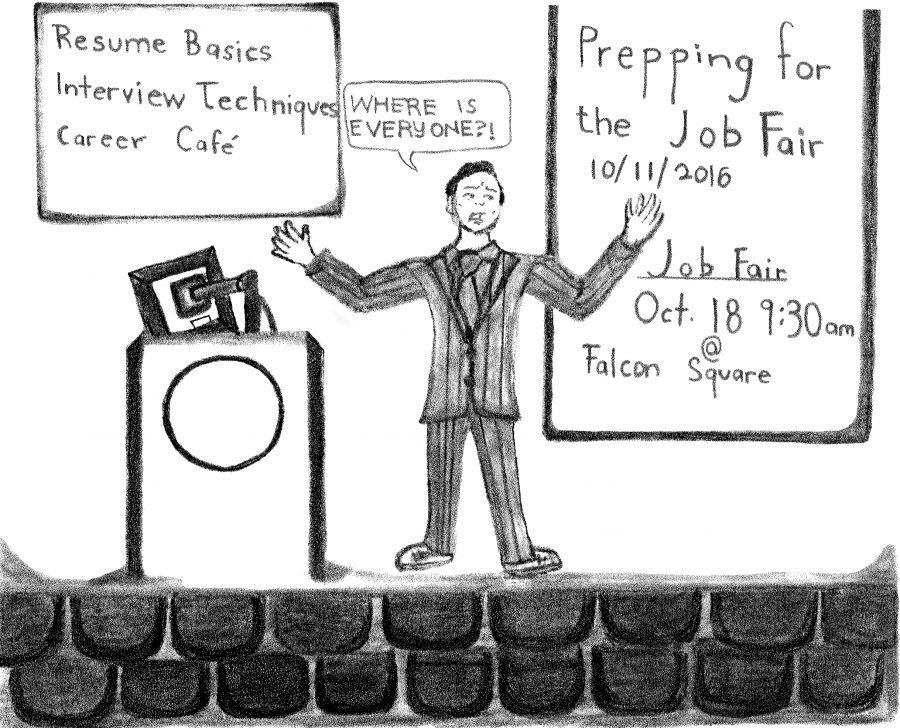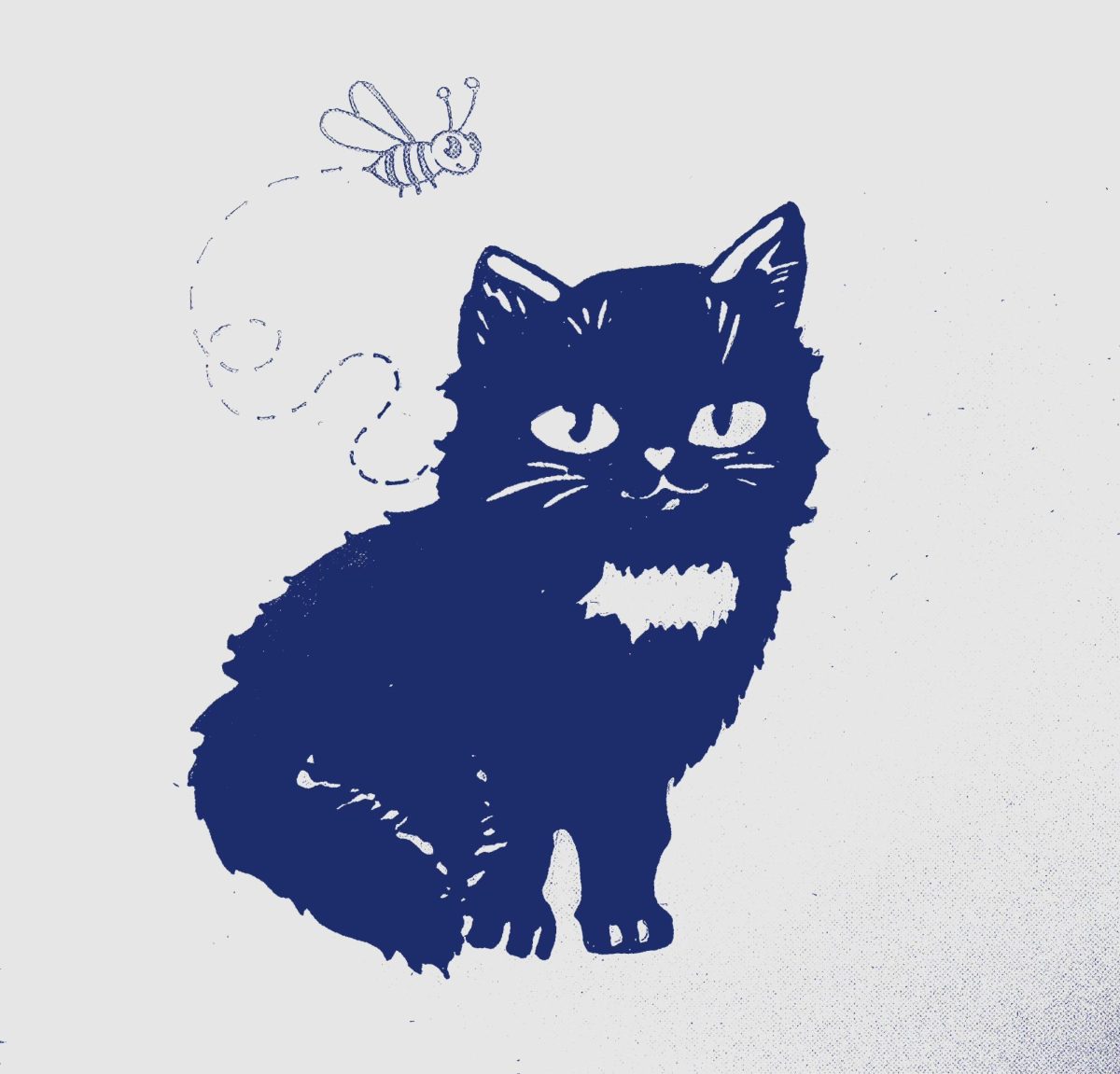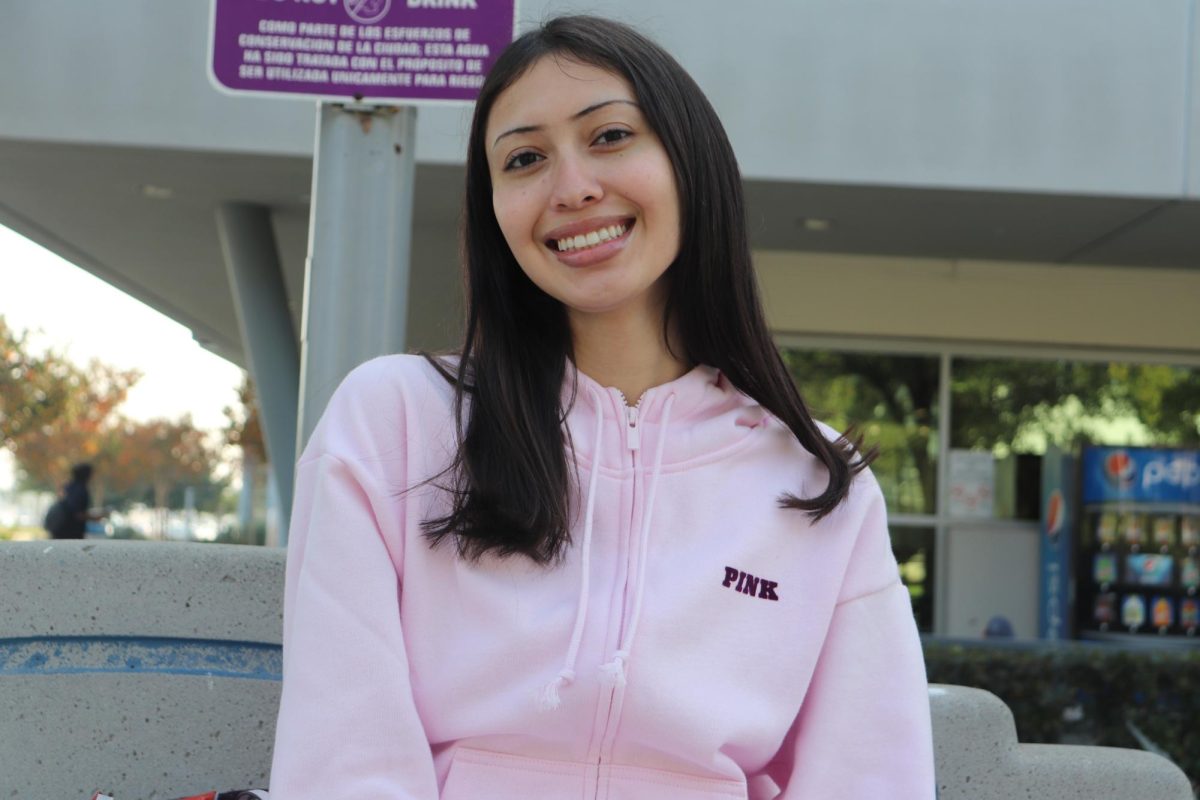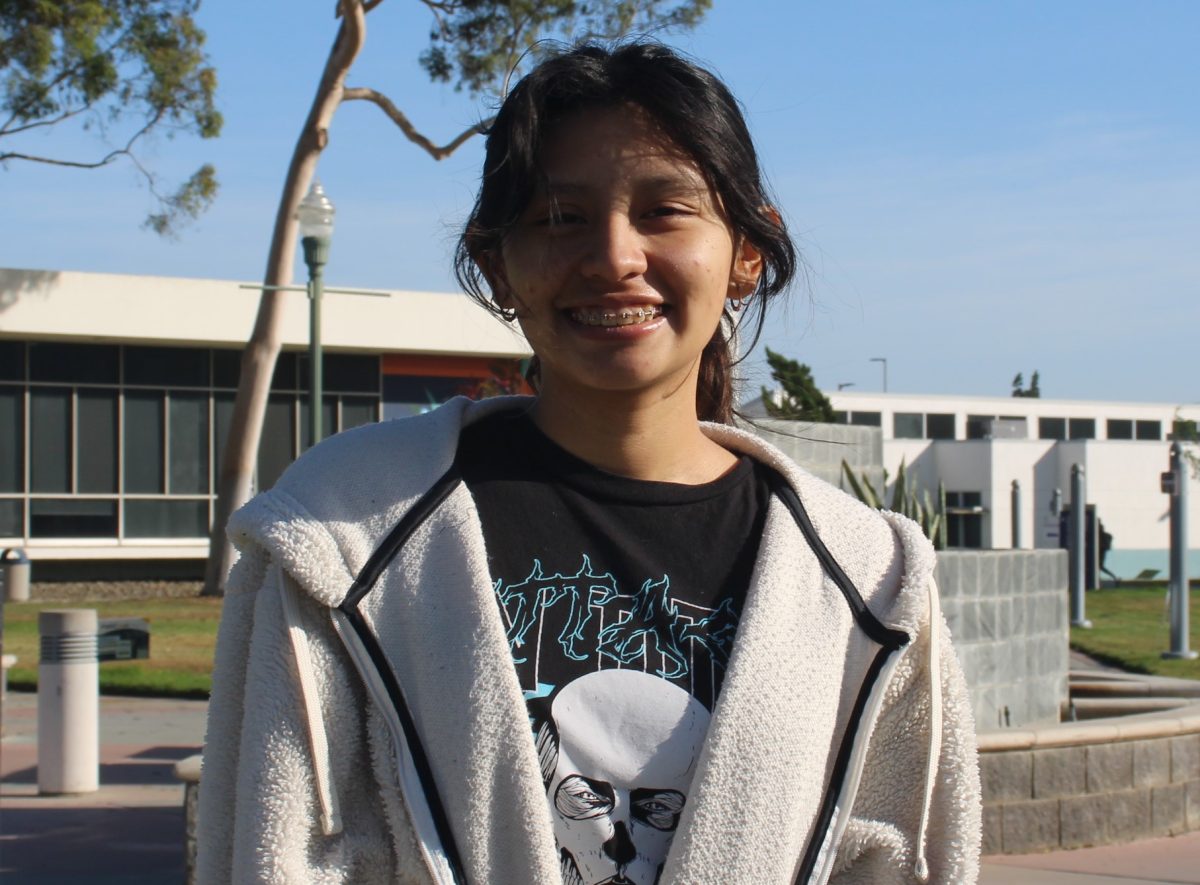Treating reporters differently than everyday civilians is a violation of the first amendment.
Journalists are not looking for better nor worse treatment than anybody else.
If a member of the audience can sit in a public meeting in any given space and record, photograph or report then the same right is granted to journalists, as members of the public.
To have walked into the last Associated Students of Cerritos College Senate meeting last Wednesday and have been instructed to stand in a sealed off section especially for Talon Marks, was not exactly of good service to the press.
What it did instead was to put four journalists in an awkward angle, which was not conducive to publishable photos or video.
As watchdogs and reporters of school happenings, the ability to do our job was obstructed while the team was simply trying to inform the community about the first official senate meeting.
The reason given for being placed in this sealed off area was to prevent people from congregating in the entrance of BK 111/112, which can be a fire hazard.
The real irony lies in the fact that the sealed area for the press is right in front of another exit, which of course is also a fire hazard.
For some unknown reason, standing directly in the way of that door is thought of as no danger to us or any of the many inhabitants of the tightly packed senate room which would only have one door left to abandon the building in case of an emergency.
When presenting that argument the reporters were told that they would be the first ones out in case of an emergency, but what senate officials seem to forget is the fact that reporters rush in a building and not out when things go awry.
The purpose of a journalist is to report a clear and objective story to the public and to keep them informed, but it cannot be done correctly if we are cast aside and treated as lepers.
Just as any school officials are present to do their job, so are we. Many student journalists are treated as students, and not journalists.
Though much of the press at Talon Marks is young, that does not change the role they play and the job they have to keep the public informed, in cases of student government and in cases of emergencies.
Photojojo.com summarizes the rights photographers have to take photos. “People can be photographed if they are in public (without their consent)…” Within reason of course, a person entering their pin at an ATM can expect a degree of privacy.
As stated by photojojo.com, the following can almost always be photographed from public places, despite popular opinion:
Accident & fire scenes, criminal activities
Bridges & other infrastructure, transportation facilities (i.e. airports)
Industrial facilities, Superfund sites
Public utilities, residential & commercial buildings
Children, celebrities, law enforcement officers
UFOs, the Loch Ness Monster, Chuck Norris
There have been many infringements against student photographers on campus.
From first responders denying them the right to taking photos, to actually creating a barricade to prevent photos instead of doing their jobs, which is to care of the person in need.
The photographers were pushed back 50 feet by police and said that they could not come closer to the scene, despite the fact that the perimeter was not blocked to the whole public.
Students continued to walk right passed the scene only feet away.
This is a violation of the law, just the same as the restriction of the press in public meetings is also against the law.


